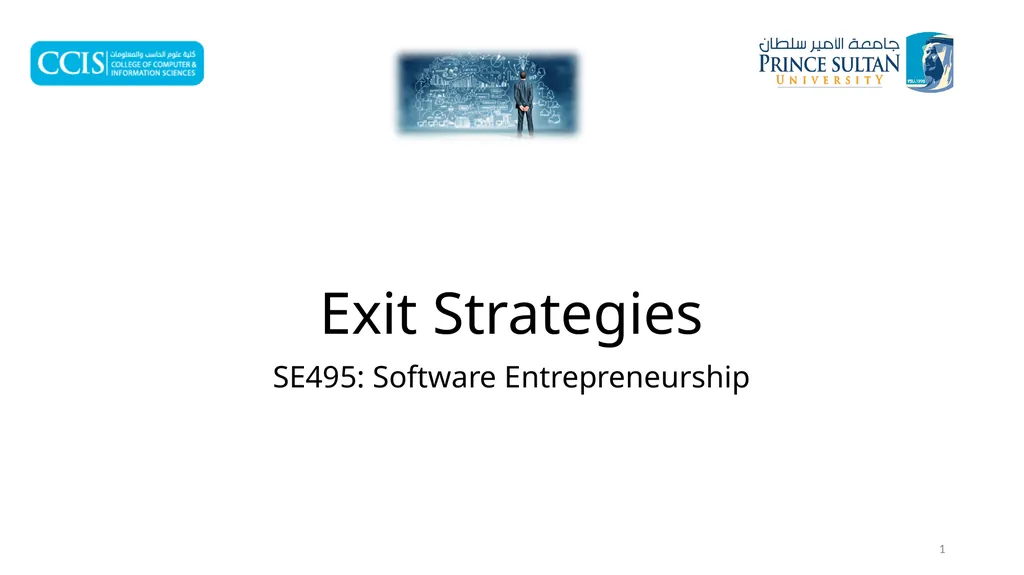
Exit Strategies SE495: Software Entrepreneurship 1
Author: lindy-dunigan | Published: 2025-05-29
Description: Exit Strategies SE495: Software Entrepreneurship 1 Outline Introduction Types of Exit Strategies Factors to Consider When Choosing an Exit Strategy Preparing for an Exit Strategy Case Studies of Successful Exit Strategies 2 Introduction 3
Download Presentation
Download the PPT/PDF: Download
Transcript:
Loading transcript…